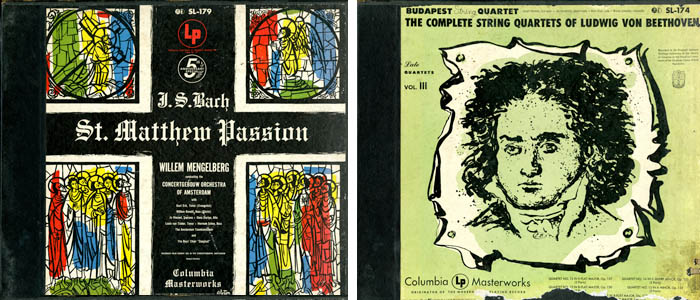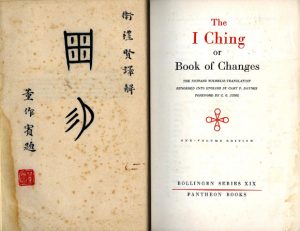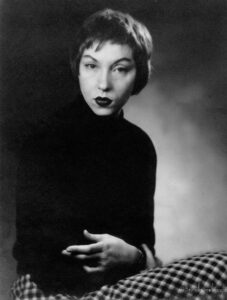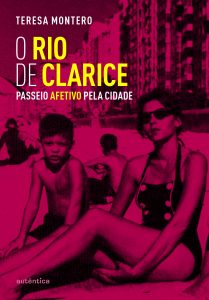, Pens, Paper, and Records. IMS Clarice Lispector, 2014. Disponível em: https://site.claricelispector.ims.com.br/en/2014/07/22/caneta-papel-e-discos/. Acesso em: 05 December 2025.
Listening to music is not only a pleasurable activity but also an almost necessary task for those whose vocation it is to incorporate words – a mixture of sound and silence – as a way of illuminating existence. In the archives of Clarice Lispector, Otto Lara Resende, and Decio de Almeida Prado, there are several LPs that help us get to know a little about the musical taste of these three writers.
Clarice Lispector, for example, was explicit in relation to what music meant to her. In Água Viva, she confesses: “I see that I’ve never told you how I listen to music – I gently rest my hand on the record player and my hand vibrates, sending waves through my whole body: and so I listen to the electricity of the vibrations, the last substratum of reality’s realm, and the world trembles inside my hands.”
Covers from Clarice Lispector’s LPs: on the left, St. Matthew Passion, by J.S. Bach, performed by the Concertgebouw Orchestra of Amsterdam; on the right, The Complete String Quartets of Ludwig von Beethoven, performed by the Budapest String Quartet. Clarice Lispector Archive / IMS Collection
On the left, Jeanne D’Arc au bucher, by Arthur Honegger, performed by The Philadelphia Orchestra; on the right, Othello, by William Shakespeare, with Paul Robeson, José Ferrer, Uta Hagen, and Edith King. Clarice Lispector Archive / IMS Collection.







